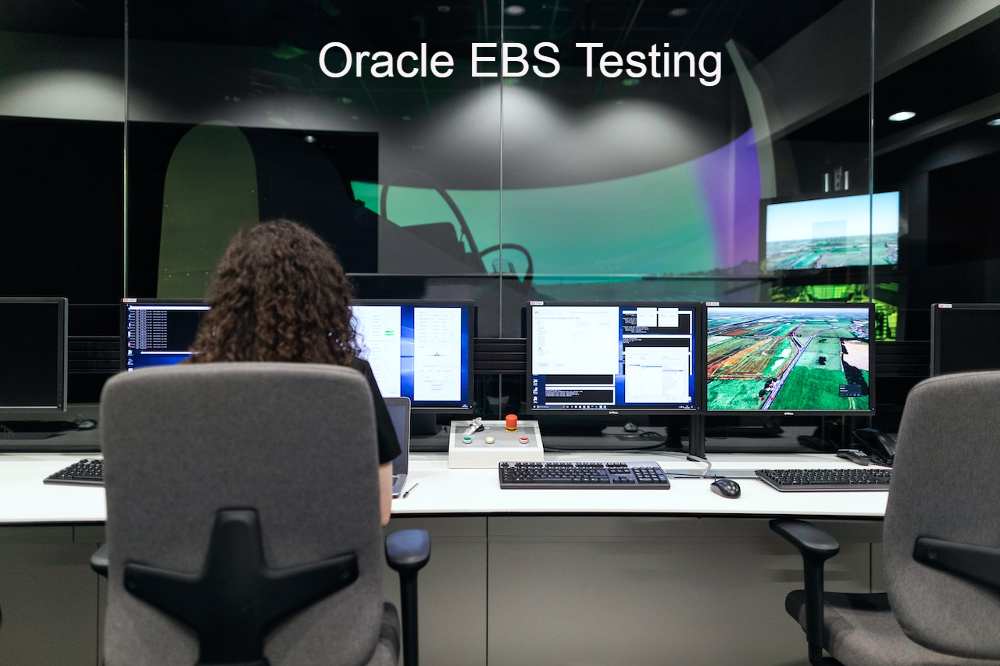Oracle EBS (Enterprise Business Suite) is a suite of business applications that help organizations manage their financial, supply chain, and human resource processes. It is widely used by businesses of all sizes and industries to streamline their operations and improve efficiency.
There is a need for Oracle EBS testing because it helps to ensure the quality and reliability of the system. Testing helps to identify and fix any issues or bugs that may affect the system’s performance or functionality. This can help to prevent disruptions or errors that could impact the business, such as lost data or missed deadlines.
Oracle EBS testing can also help to ensure that the system meets the business’s specific needs and requirements. By testing the system before it is deployed, businesses can confirm that it is configured and customized correctly and that it meets their specific business requirements.
If you’re an Oracle EBS existing customer, you must be aware that premier support for R12.1 has already ended in 2021. It means that you will no longer be able to receive critical patch updates, new security patches, and legal or regulatory updates. If you’re wondering what you should do next to available premier support and what it has to do with Oracle EBS testing, this blog is for you.
As far as existing EBS customers are concerned, they can opt for the following options.
1. Migration to Oracle Cloud
Cloud is the next big thing. Oracle provides its EBS customers with the opportunity to migrate to either Oracle Cloud Infrastructure or to Oracle Cloud Apps (SaaS) to leverage benefits like scalability, low operating costs, flexibility, and continuous innovation. However, migration to either of the two options isn’t a walk in the park.
Case 1: Migration from Oracle EBS to Oracle Cloud Infrastructure (OCI)
Also known as lift and shift, migration to OCI is the least disruptive thing you can do as you’re migrating your existing EBS configurations and customizations to Oracle Fusion Cloud without any change. Although this migration is termed as least disruptive, it does require at least three rounds of EBS testing to ensure business continuity. The testing starts with your existing EBS instance, then you need to test during and post-migration to check whether or not your EBS apps are running as expected.
Case 2: Migration to Oracle Cloud Apps (SaaS)
Migration to Oracle Cloud Apps offers you the opportunity to eliminate bottlenecks, remove excessive customizations, and use standard configurations of the SaaS environment. This is more disruptive as compared to Lift and Shift, and depends on how much you want to disrupt. Since customizations need to be replaced with standard functionality, testing needs to be done to ensure that your Oracle Cloud apps are configured correctly and serve your business as they used to.
2. Oracle EBS(E-business Suite) Upgrade
Another option is E-business Suite Upgrade. Existing EBS R12.1 customers can upgrade to EBS R12.2 to get Oracle’s premier support for another 10 years. Oracle has announced that it will keep on providing premier support to EBS R12.2 customers till 2033. Although this option seems viable to many business leaders, however, they need to understand that upgrading to EBS R12.2 is the last difficult upgrade they could have. The upgrade process requires CEMLI evaluation, testing, CEMLI retro fitment, test script retro fitment, and UAT.
Thus, existing users of EBS R12.1 need to understand that the only way to receive premier support is by migrating to Oracle Cloud or upgrading to EBS R12.2. Either way, you need to depend heavily on testing. Since manual testing approaches are time-consuming, labor-intensive, and prone to risks, we recommend you bring in test automation.
Oracle EBS test automation helps you mitigate risks during upgrades or migration to the cloud and speeds up the process. A robust test automation framework will automate repetitive but necessary steps, save resources from putting too much effort, and mitigate risks by ensuring adequate coverage.

